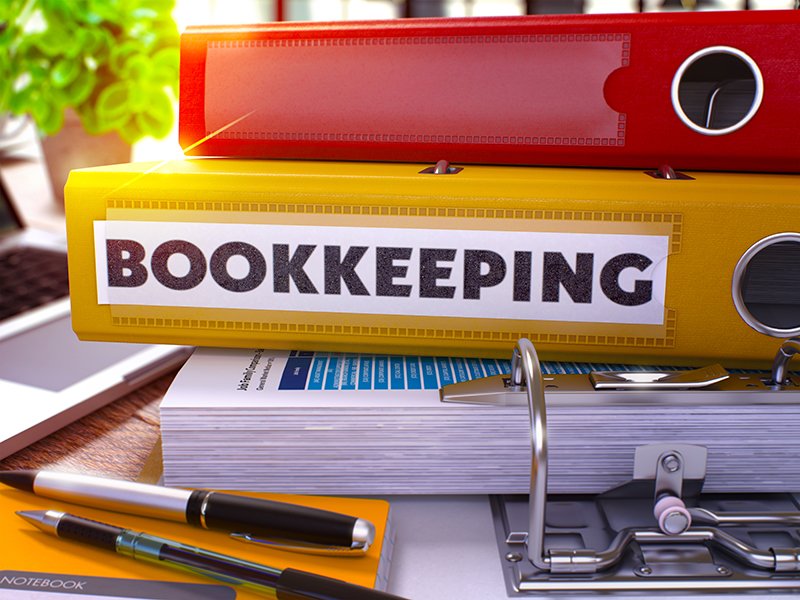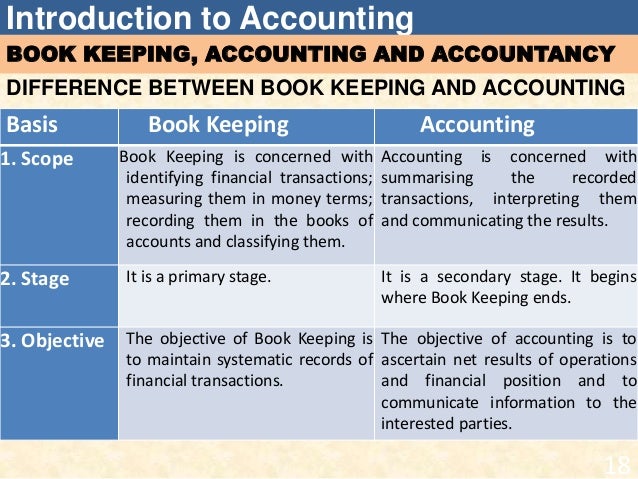


The use of ruler when drawing single or double rulings make for neat accounting work. Discover what good accounting does for a business Learn useful terms & definitions around bookkeeping Learn the correct order for preparing a financial.A single line ruled beneath an amount by the bookkeeper is an indication that a remainder or a total will follow.The following are common book-keeping practices: A book keeper must always appear neat and attractive.He or she must have a legible handwriting.He or she must be hardworking, punctual to work and must show interest in the job.False entries should not be made into the book.For example, if a company borrows 10,000 from its bank 1. This means that every transaction will have a minimum of two effects. The preferred method of bookkeeping is the double-entry method. It is a means by which finances of a business can be controlled.Ī book-keeper must possess the following essential qualities: Introduction to bookkeeping Bookkeeping is involved in the recording of a company’s (or any organization’s) transactions.The records project the image of the business to the public.The records kept help in management decision-making.Auditors use the books to issue their audit reports.It provides information to members of the public who are interested in the business through the balance sheet.It reveals profits and losses position to the company through trading, profit and loss account.what is owed and what is owed by the firm Double entry accounting: Its known to be the first modern form of accounting and is the base of our accounting system that we still implement today on our. It shows an accurate standing position of business in relation to its customers i.e.It is for easy reference of business financial records.Therefore, the importance of bookkeeping becomes necessary for the following reasons:

Book-keeping may be defined as the art of recording business transactions in a systematic manner so that the books of account will reveal at any time the financial position of the business to the owner and other stakeholders in the businessĮvery business organization keeps daily records of their financial transactions.


 0 kommentar(er)
0 kommentar(er)
